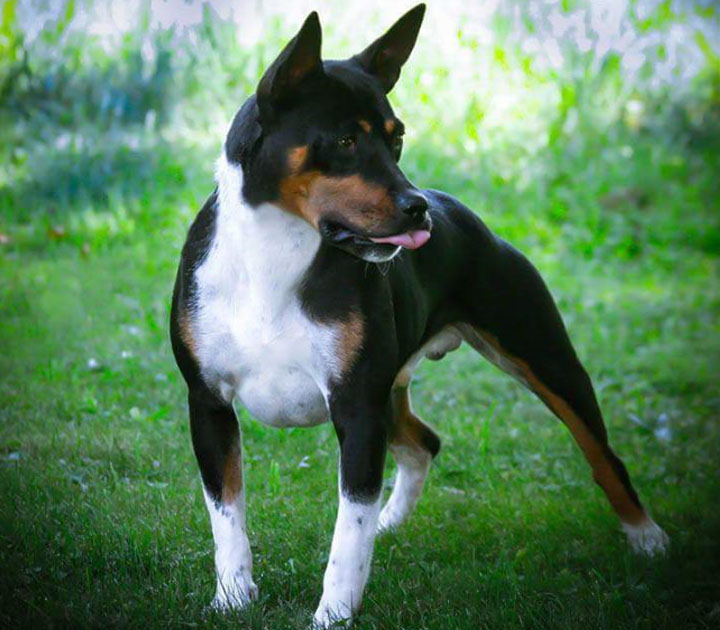
The Old Dominion Terrier is an American breed that has been in development by hunters and farmers since the late 1800s. When English immigrants came to the United States, they brought these terrier crosses with them. They trace back to the original cross of Fox Terrier, Pit Bull, Whippets, Beagles, and most recently the Basenji. These versatile farm dogs were crossed with various other breeds to create the ultimate farm dog and what was to become the Old Dominion Terrier. Although this breed was created for hunting, this is a happy breed that loves its people and would be well suited as a companion and family dog for people with an active lifestyle. Even though they give the appearance of a large rat terrier, they could not be more different. They are capable of hunting wild boar, coyote, being used as hog dogs, livestock guardians as well as vermin control.

The Old Dominion Terrier should give the impression of a bold, majestic dog of substance, grace and intelligence. He or she should be a well muscled, balanced dog that is slightly longer than tall, agile, not cumbersome or over muscled. Females should look feminine and not coarse or masculine. They are a a hunting breed and should appear athletic and fit.
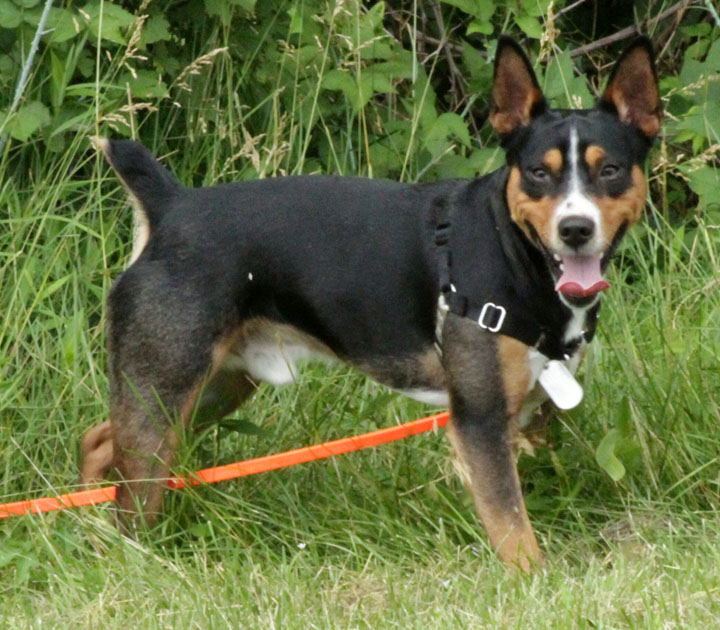
Height at the withers: minimum preferred height for bitches is 17 inches; minimum preferred height for dogs is 18 inches, neither to exceed 23 inches. Bitches slightly shorter than the preferred minimum is acceptable if the bitch is proportionately built. The height measured at the highest point of the withers should an inch less than the length measured from the forechest horizontally to the rear projection of the upper thigh. Length of head, neck and legs in proportion to length and depth of body. Weight is proportionate to size.
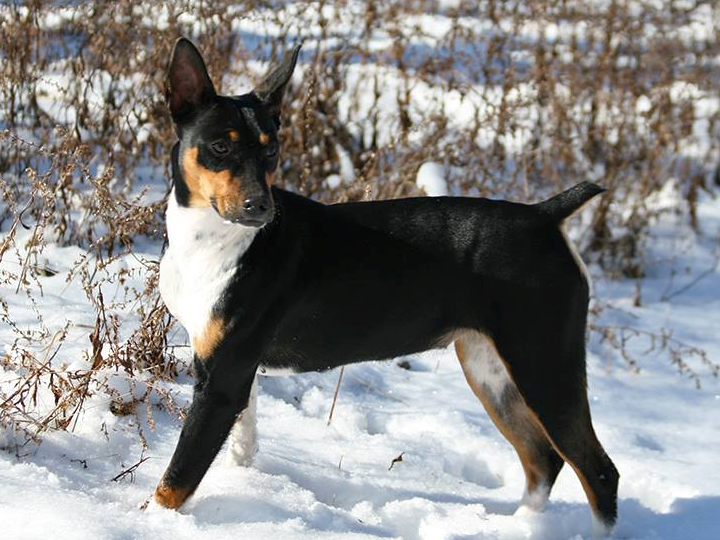
The head is proudly carried. When viewed from the front it should neither be too narrow or too wide forming a triangle between a isosceles triangle and an equilateral triangle. Wrinkles may be present on the forehead especially when ears are erect. Wrinkles may be more pronounced in puppies, the skull is broad and flat. The occiput is not prominent. the cheeks are muscled but never bulging to form jowls. The stop is distinct. Ears are V shaped and set to the outer edges of the skull. Erect ears are preferred, tipped ears are allowed, button ears are a serious fault and drop ears are a disqualification. Eyes, eyes are almond shaped and obliquely set. Eye color can vary with coat color from brown to hazel. Blue eyes are a disqualification. Muzzle- the muzzle is slightly shorter in length than the skull. It should taper along the sides of the nose without being snipey or pointed. A long narrow, fox like look is a disqualification. Nose- nose color corresponds with body color and is entirely pigmented. Dudley and butterfly noses are a disqualification. Bite- Scissor bite is preferred but a level bite is allowed. Undershot and overshot bites are a disqualification.
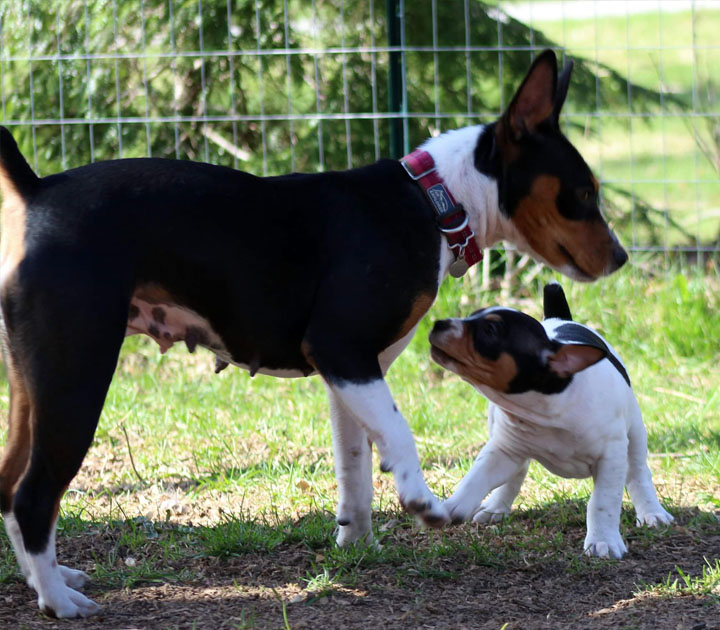
The neck is of medium length, well crested and slightly full at the base and well set into the shoulders. Topline- Level back. Body- Balanced with a short back tapering to a definite waste. Ribs are well sprung, deep to the elbows and oval. The chest is moderately wide and well filled. Tail- the tail is traditionally docked between the 2nd and 3rd joint or left natural. The natural tail can be a tight or lose curl over the back. Natural bobtail or a tailless is a disqualification.
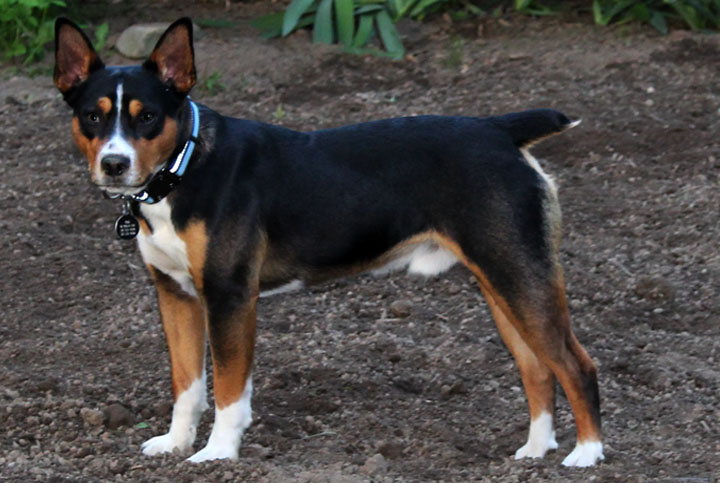
Shoulders moderately laid back. Shoulder blade and upper arm are approximately equal length. Elbows tucked firmly against brisket. The forelegs stand straight and parallel with elbows turning neither in nor out. The pasterns are slightly sloping when viewed from the side. The feet are oval in shape. Feet--Oval and compact with thick pads and well arched toes that neither turn in or out. Dewclaws are traditionally removed.
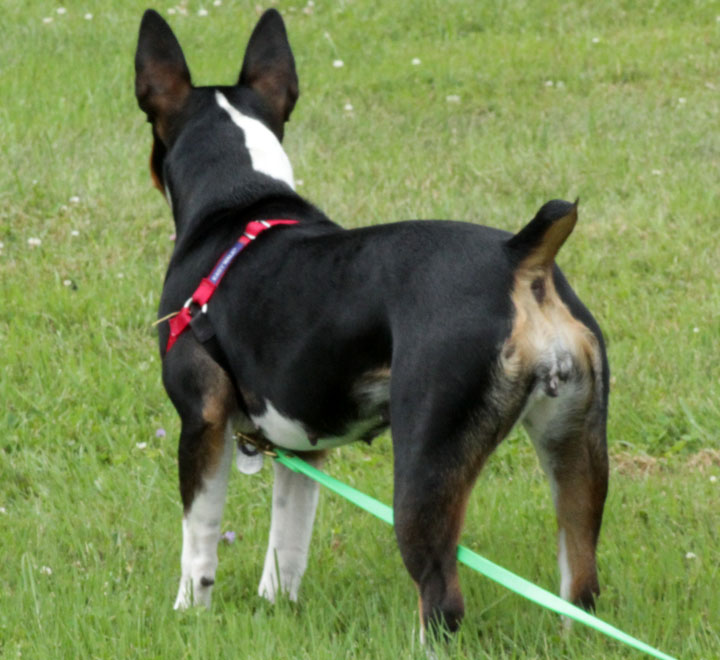
The hindquarters are strong, well muscled and of medium width. The hind leg should be powerful with a moderately bent stifle and well placed hocks that do not turn in or out and should not be set far out behind the dog.
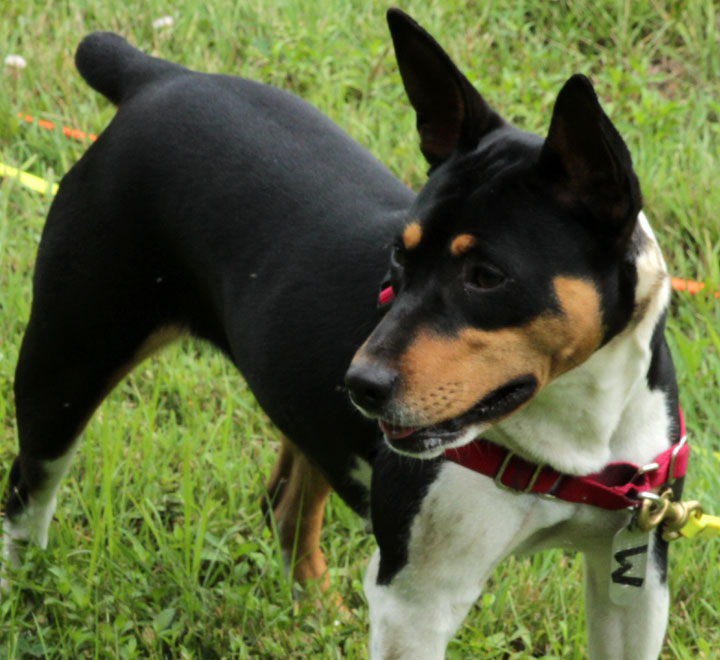
The coat is short, close lying, smooth and glossy. A very slight fringe along the neckline is allowed. A ruff or wave down the back is allowed but undesirable. Any kink, long hair, wirehair or curl is cause for disqualification. The skin is pliant. Whiskers must not be removed. Absence of coat (total genetic hairlessness) is a disqualification.
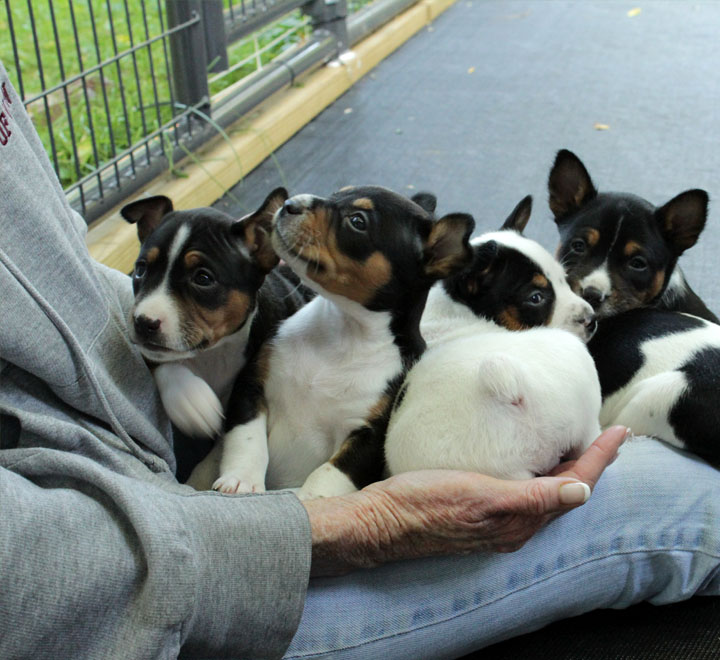
The Old Dominion Terrier is a striking dog with vibrant color that comes in a variety of patterns and color combinations. Colors should be crisp and clear regardless of pattern.
White is the base color and comes in patterns of Piebald, and Blanket. Light to moderate ticking is allowed, tan points are allowed. Solid white is a serious fault and albino is a disqualification.
Black is the base color and must be a deep rich black. Black come in the patterns of Tuxedo or Pinto. Tuxedo is a black dog with white socks or stockings, white underside and white on chest and neck. A blaze and full collar are optional. Tuxedo must have tan points above the eyes, on the cheeks, outlining the legs or stockings, and outlining the back of the tail. Without tan points it is considered a Pinto. The pinto is a black dog with white patches. The patches must be more than 10% of the overall appearance.
“Tan Points" should appear above each eye, muzzle, cheeks, chest, all four legs and underside of tail. Tan Points vary in shades of cream to rust. Acceptable colors in place of black include, Brindle, Red, Chocolate and Apricot. Blue, sable and solid colored dogs are discouraged, extreme dilute color and merle is a disqualification. Ticking is desireable.
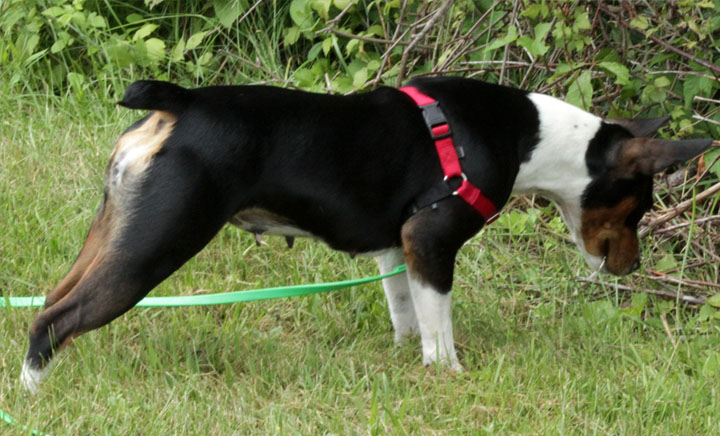
Free, balanced, and vigorous, with good reach in the forequarters and good driving power in the hindquarters. When trotting, there is strong rear-action drive. Back remains strong and firm. When moving at a fast trot, a properly built dog will single-track.
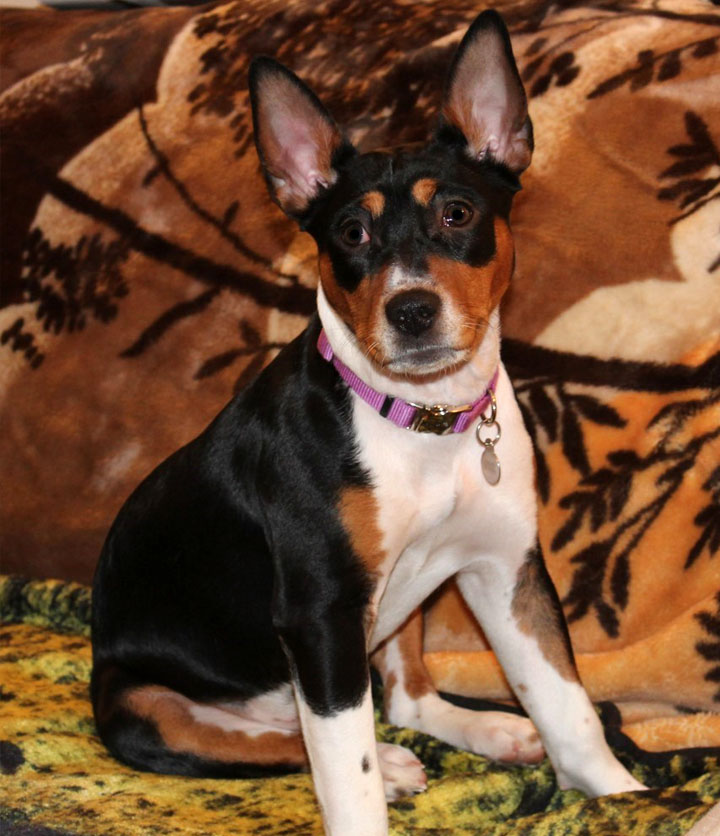
The Old Dominion Terrier is keenly observant, devoted, full of energy, yet easily trained and obedient. Unlike other terriers, this is a non-sparring breed and generally friendly with other dogs, but may be reserved with strangers. Submissiveness is not a fault. Overt aggression and excessive shyness should be penalized.
Copyright © 2023 Walnut Acre Decker Terriers | SITE MAP